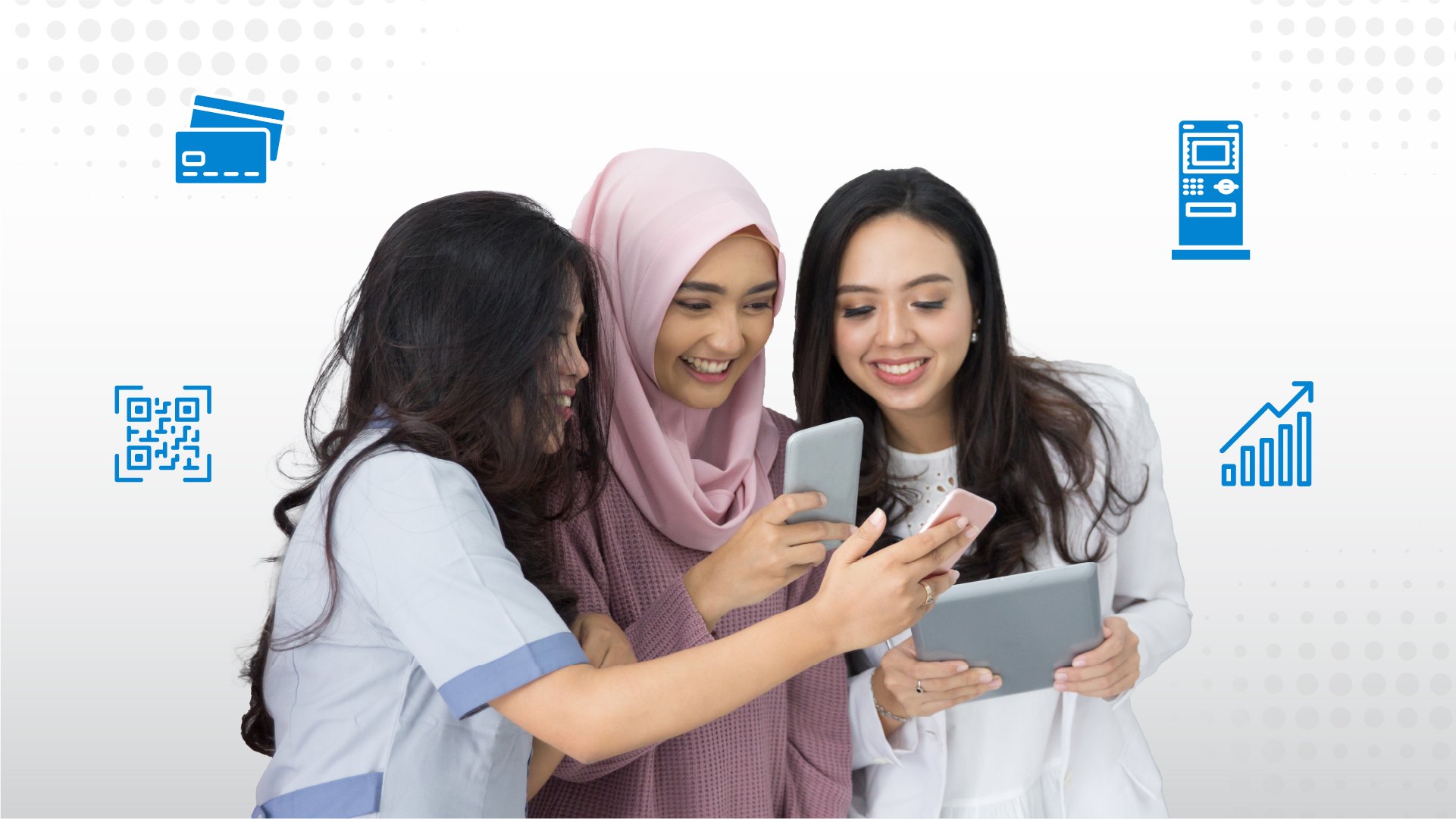Financial Literacy of Women: Key to Accelerating National Financial Inclusion
Mar 08, 2024

There are various ways to expand education about the importance of empowering women, especially in recognizing their roles and contributions in various aspects of life, one of which is through the celebration of International Women’s Day.
International Women’s Day has been celebrated every March 8th since its establishment by the United Nations in 1975. This year, International Women’s Day adopts the theme "Inspire Inclusion," urging everyone to continue inspiring and appreciating women's participation in shaping a better world.
On this International Women’s Day, we will discuss the importance of financial literacy for women in accelerating national financial inclusion.
What is financial inclusion?
Financial inclusion refers to endeavors aimed at granting all sectors of society access to a range of secure, convenient, and essential financial products and services. This encompasses ensuring equitable and transparent outreach to vulnerable demographics, individuals with low incomes, and rural communities through formally regulated financial channels.
In the context of financial inclusion, the theme "Inspire Inclusion" also means inspiring people to appreciate women's role in economic development. When women are motivated to participate, it becomes easier to support the realization of financial inclusivity for all.
In Indonesia, discussions on the role of gender equality in promoting financial inclusion have been raised during the G20 Presidency of Indonesia under the theme "Recover Together, Recover Stronger" since 2022. Finance Minister Sri Mulyani Indrawati emphasized that post-pandemic recovery efforts would not succeed without the support of half the population, namely women, through adequate financial access.
To ensure this is achieved, society also have an important role to play in supporting the improvement of financial literacy among women around us.
What is Indonesia's current position?
Here are some facts about Indonesia's current position regarding literacy and women's participation in national financial inclusion:
The results of the National Financial Literacy and Inclusion Survey (SNLIK) conducted every two years by the Financial Services Authority (Otoritas Jasa Keungan or OJK) in 2022 showed that women have higher literacy rates compared to men. However, their inclusion rates are still 2.40 points lower.
Within the ASEAN scope, the United Nations Development Programme (UNDP) released that Indonesia is still ranked 6th according to the Women's Empowerment Index (WEI) 2022. This index measures women's empowerment in five dimensions of human development, including employment and financial inclusion.
The Coordinating Ministry for Human Development and Culture (Kemenko PMK) stated that at least 64% of MSMEs in Indonesia are managed by women.
Data from the Ministry of Finance in 2022 also revealed that supporting women's potential would have a much greater impact on the economy, adding approximately $28 trillion or up to 26% of the global Gross Domestic Product (GDP).
Thus, there is an urgency not only to increase women's financial understanding but also to ensure their active participation in the formal financial system to achieve more equitable and sustainable financial inclusion.
3 Easy Ways to Support the Improvement of Women's Financial Literacy:
Although the potential for women's empowerment is significant, it still needs to be supported by solid strategies and synergy from various parties, ranging from the government, financial industry players, to the entire society as the main agents of change.
So, how can we participate in supporting the improvement of women's financial literacy? Here are 3 easy ways:
1. Start with those closest to you
Supporting the improvement of women's financial literacy is not as difficult as imagined. You can share your financial knowledge with those closest to you, including mothers, siblings, friends, or colleagues.
2. Tailor education to their needs
Everyone faces different financial challenges, so you need to tailor the form of education to their needs. For example, focusing on increasing knowledge about budgeting, investments, understanding financial products, and financial security.
3. Utilize digital access
Don't hesitate to share digital-based educational content such as videos, infographics, or podcast broadcasts on your social media platforms to facilitate financial understanding. In addition to being easily accessible, digital content offers flexibility that suits our availability and lifestyle.
Enhancing the financial literacy of women is crucial for expediting nationwide financial inclusion. Nevertheless, bridging the gaps in financial inclusion requires a more robust strategy that guarantees women adequate access and assistance in handling their finances.
By bolstering women's financial skills, we pave the way for their meaningful engagement in fostering economic advancement and enhancing financial inclusiveness.
Latest Article
_(1)_(1)1.jpg)
_(1)_(1)1.jpg)
1.jpg)